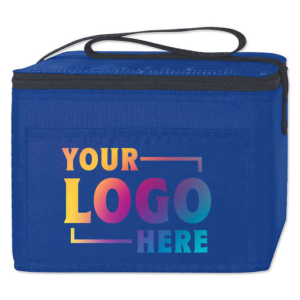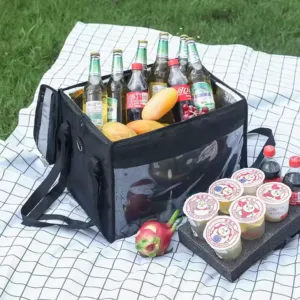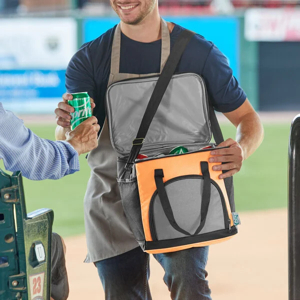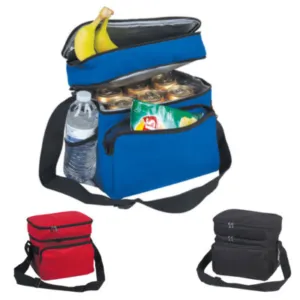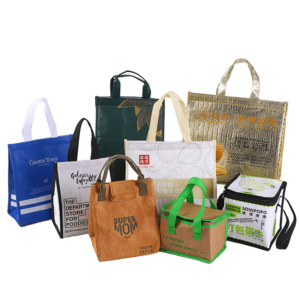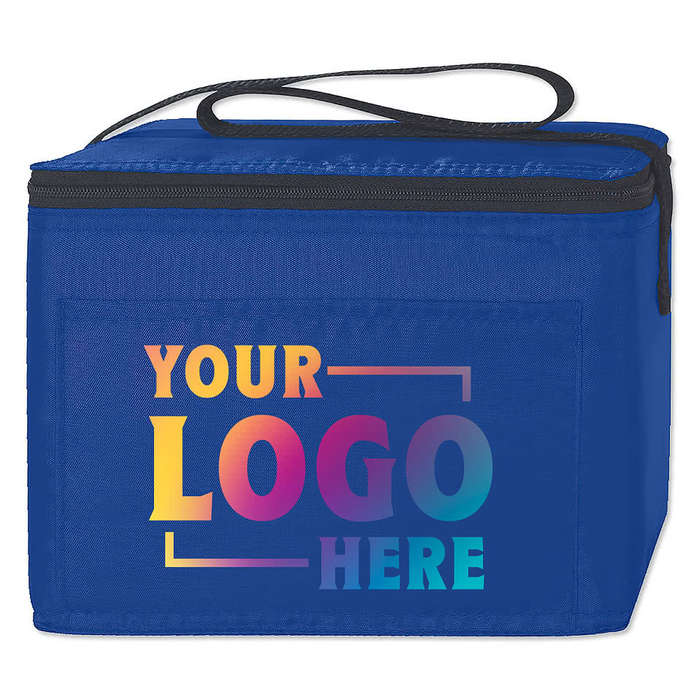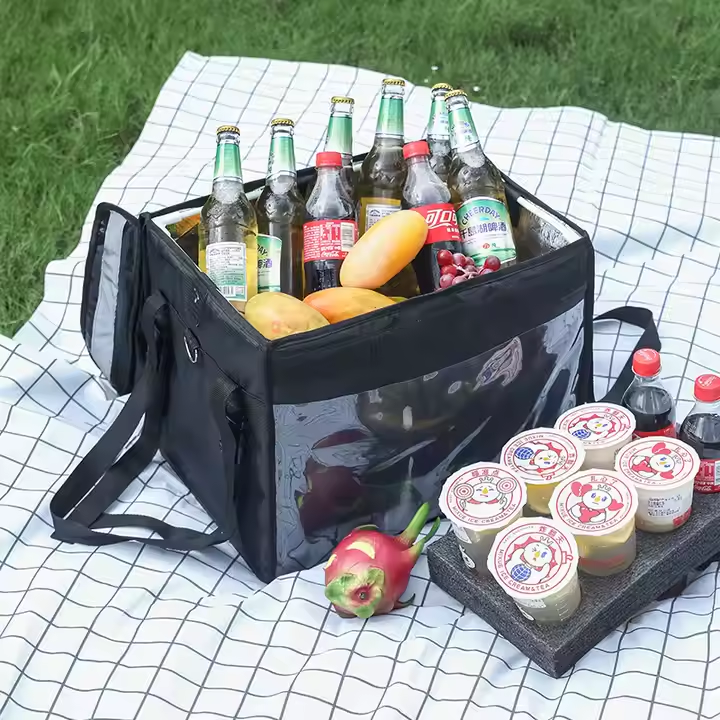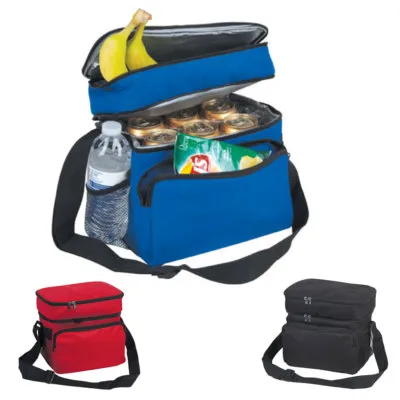In recent years, reusable bags have become essential items for eco-conscious consumers looking to reduce their environmental footprint. Unlike single-use plastic bags, reusable bags are designed for durability and longevity, making them a sustainable choice for shopping and daily activities. But how are these bags produced? Let’s take a closer look at the manufacturing process of reusable bags.
1. Material Selection
The first step in producing reusable bags is selecting the appropriate materials. Common materials include:
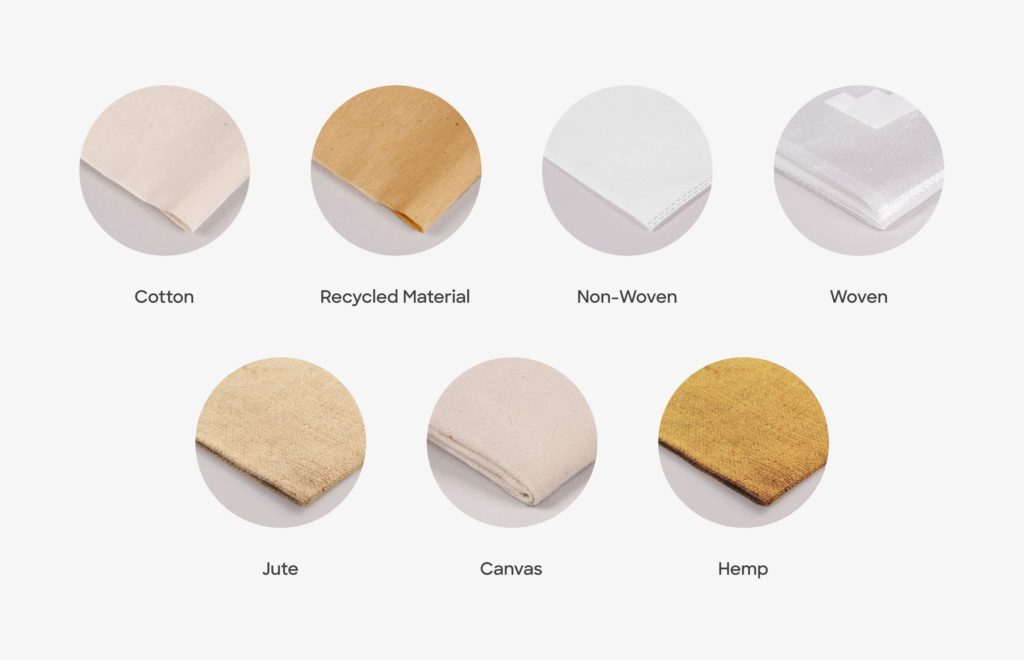
- Cotton: Cotton is a woven fabric that is widely available, strong, durable, soft to the touch, and great for printing. However, cotton is not moisture-resistant without chemical treatment and is prone to shrinking and wrinkling when machine-washed.
- Jute: A woven natural plant fiber that is biodegradable and compostable. Jute is naturally durable but does not lend well to moisture unless chemically treated or laminated. Additionally, jute tends to give off a grainy texture, limiting printing to thick or bold lines.
- Hemp: Hemp is one of the earth’s longest, strongest, and most durable woven fibers, several times stronger than cotton. It is soft to the touch and actually gets stronger with frequent use! The downside of hemp is that it is not readily available in the US and can be expensive.
- Canvas: Reusable canvas tote bags can be made of several different types of fibers, such as cotton, linen, or hemp. Canvas is a highly durable, eco-friendly option that also lends well to printing. However, they require more maintenance to clean than other options and may shrink or fade if machine-washed.
- Polypropylene: A non-woven form of plastic. Polypropylene is low-cost, chemical resistant, and very durable while also being recyclable. However, polypropylene is still a type of plastic, making it significantly harmful to the environment.
- Nylon: Nylon is a synthetic polymer used to create non-woven fabrics. It is strong, water-resistant, durable, lightweight, and folds easily for storage. However, being a petroleum-based product makes it less eco-friendly than other material options.
- Polyester: A form of plastic polymer typically used for non-woven fibers. It is a versatile material resistant to water, mold, and crinkling and folds easily for storage. However, like polypropylene, it is a type of plastic that harms the environment.
- Recycled Material: Recycled materials for reusable bags can be a blend of many fabrics, like hemp or polyester. They are a strong and durable option that contributes to a circular economy. However, as mentioned earlier, recycling such materials uses a lot of energy, which can create even more pollution. Reduce and reuse are the name of the game for reusable bags.
Once the materials are chosen, designers create prototypes of the bags. This phase involves:
- Sketching: Initial designs are sketched out, taking into consideration functionality and aesthetics.
- Pattern Making: Patterns are created based on the sketches, detailing the dimensions and shapes of the bag components.
- Sample Production: A prototype bag is made to test the design and functionality. This step allows for adjustments before mass production begins.
3. Cutting the Material
After finalizing the design, the next step is cutting the fabric into the required shapes and sizes. This process typically involves:
- Automated Cutting Machines: For large-scale production, automated machines cut multiple layers of fabric simultaneously, ensuring precision and efficiency.
- Manual Cutting: In smaller operations or for custom designs, skilled workers may cut the fabric by hand.
4. Sewing and Assembly
Once the materials are cut, the pieces are sewn together to create the bag. This involves:
- Sewing Machines: Industrial sewing machines are used to stitch the fabric pieces together. Various techniques, such as double stitching, are employed to enhance durability.
- Adding Features: At this stage, additional features such as pockets, zippers, or drawstrings can be added, depending on the design.
5. Printing and Branding
Many reusable bags include branding or decorative designs. This step may involve:
- Screen Printing: A common method for applying logos and designs, where ink is pushed through a mesh screen onto the fabric.
- Digital Printing: Allows for more complex and colorful designs, suitable for detailed graphics.
- Embroidery: This technique is used for a more textured and premium look, often seen in higher-end reusable bags.
6. Quality Control
Before the bags are packaged and shipped, they undergo rigorous quality control checks. This includes:
- Visual Inspections: Checking for defects in stitching, material, and printing.
- Functionality Tests: Ensuring that features such as zippers and seams work correctly and that the bag can hold the intended weight.
7. Packaging and Distribution
After passing quality control, the bags are folded, packaged, and prepared for distribution. This step includes:
- Eco-Friendly Packaging: Many manufacturers opt for sustainable packaging materials to maintain their commitment to the environment.
- Shipping: The bags are distributed to retailers or directly to consumers, depending on the business model.
Conclusion
The production of reusable bags is a thoughtful process that emphasizes sustainability and quality. From selecting eco-friendly materials to implementing rigorous quality control measures, each step is designed to create durable, stylish, and functional bags that help reduce plastic waste. By choosing reusable bags, consumers not only make a practical choice for their shopping needs but also contribute to a more sustainable future.


